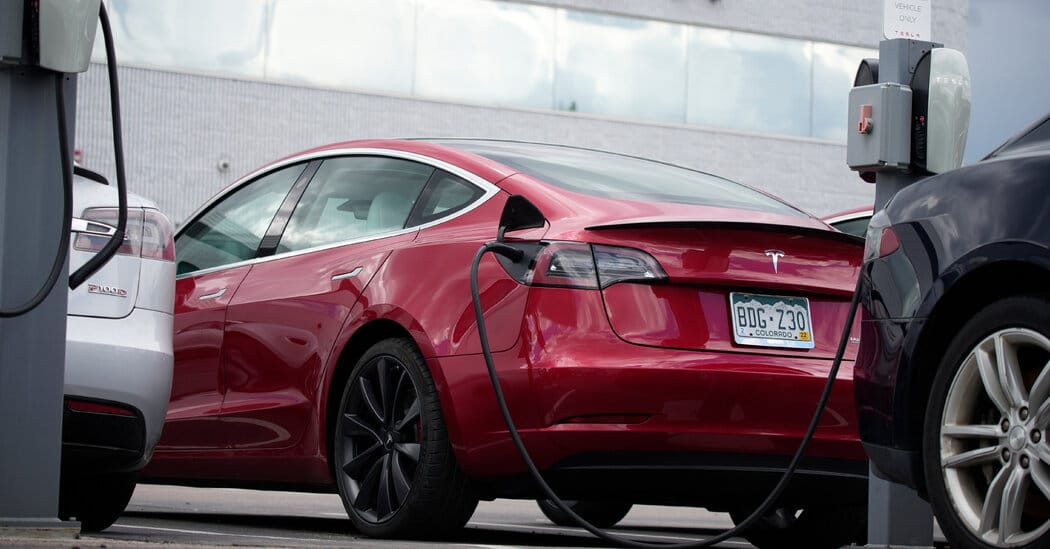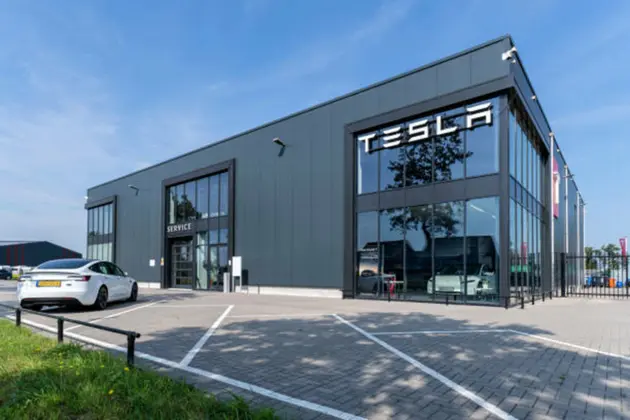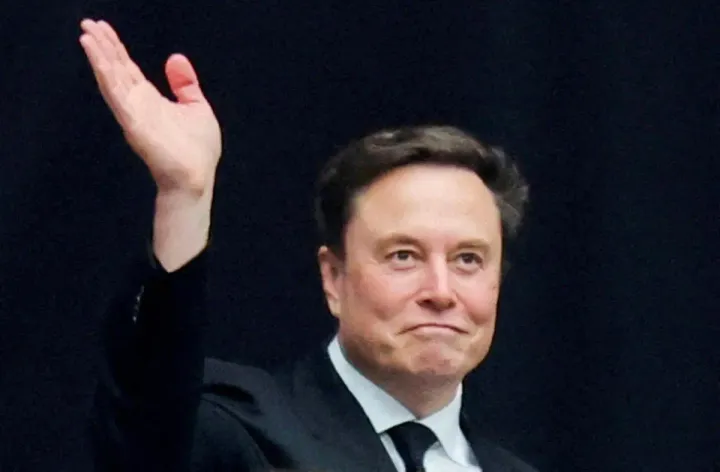Tesla’s Self-Driving Tech Under Federal Investigation After 44 Dangerous Incidents—Is Your Car at Risk?

Tesla Faces Federal Probe Over Safety of 2.9 Million Cars With Full Self-Driving
Tesla is once again under federal scrutiny—this time, for potential safety issues tied to its Full Self-Driving (FSD) system. The U.S. National Highway Traffic Safety Administration (NHTSA) has launched a new investigation after receiving reports of 44 incidents where Tesla’s FSD software allegedly caused serious traffic violations.
The probe could impact nearly 2.9 million vehicles on U.S. roads, making this one of the largest federal safety investigations ever involving autonomous driving technology.
What Triggered the Investigation?
According to NHTSA, numerous reports suggest that Tesla’s FSD system caused cars to break traffic laws. These violations include:
- Running red lights
- Swerving into oncoming traffic
- Ignoring stop signs
- Making unsafe turns
Some of these incidents led to crashes and injuries, raising major concerns about the safety of Tesla’s software.
In each case, the drivers had FSD (or its beta version) enabled—but the system either made mistakes or failed to react properly to real-world road conditions.
How Many Vehicles Are Affected?
The NHTSA investigation covers all Tesla vehicles equipped with FSD (Supervised) or FSD Beta, a group that includes an estimated 2,882,566 vehicles.
Tesla’s FSD system is marketed as a partially automated driving solution, but the company continues to emphasize that a human driver must be ready to intervene at any time.
Still, critics argue that the name "Full Self-Driving" is misleading and encourages overreliance on the software.
What Will the Government Look Into?
NHTSA’s Office of Defects Investigation (ODI) has opened a Preliminary Evaluation. Here’s what the review will focus on:
- Whether drivers were given enough warning or time to respond to FSD’s actions
- Whether Tesla’s software gave clear alerts before making dangerous maneuvers
- The system’s ability to detect and obey traffic signals
- How well FSD understands lane markings and wrong-way signs
- The overall effectiveness of driver supervision prompts, like steering wheel pressure alerts
This isn’t the first time Tesla’s automated features have been questioned, but the scale and specifics of this probe make it particularly serious.
Tesla’s Silence—and Software Updates
As of now, Tesla has not commented on the investigation.
However, the company released a new version of its FSD software (v14.1) this week. It’s unclear if this update addresses any of the issues raised in the investigation, and Tesla hasn’t said whether it will issue fixes or recalls related to the probe.
Tesla CEO Elon Musk has long promised that FSD would transform Teslas into robotaxis, allowing owners to earn passive income by letting their cars drive themselves. That vision hasn’t materialized—and Tesla recently informed owners that hardware upgrades may be required for future versions of FSD, not just software.
What's the Status of Tesla's Robotaxi Plans?
Tesla has quietly begun testing a ride-hailing robotaxi service in Texas and other U.S. locations. But those tests currently require a human safety driver or valet to be on board—ready to intervene or take full control of the car.
In other words, we’re still far from fully autonomous Teslas hitting the streets with no human oversight.
A Tense Moment for Tesla and FSD
This investigation arrives at a crucial moment for Tesla. Sales have slowed, competition is growing, and investors are watching closely to see whether FSD can deliver on its long-promised potential.
And now, with the federal government digging into dozens of reported safety violations, Tesla’s most ambitious technology is under pressure like never before.
While FSD may offer futuristic convenience, real-world performance—and safety—are what matter most.
A Regulatory Roadblock?
The situation is further complicated by staff cuts at NHTSA, which may have affected the agency’s ability to oversee fast-moving tech in the automotive space. In early 2025, then-President Donald Trump and Elon Musk supported efforts to reduce federal workforce sizes, including cuts at NHTSA, according to reports by The Washington Post.
This could hinder the agency’s ability to keep pace with rapid developments in AI-driven vehicles, adding another layer of concern for consumers and safety advocates.
What Tesla Drivers Should Know Right Now
If you own a Tesla with FSD or are considering purchasing one, here are a few key takeaways:
- Stay alert at all times while using FSD. It is not a fully autonomous system.
- Expect software changes, especially in light of the investigation.
- Don’t rely solely on FSD in complex or high-risk traffic situations.
- Watch for official updates or recalls from Tesla or the NHTSA as the probe unfolds.
The future of self-driving cars might be coming—but for now, it’s important to stay fully engaged behind the wheel.
Final Thoughts
Tesla’s promise of a fully autonomous future is exciting—but as this latest investigation shows, the road there is full of challenges. The safety of drivers, passengers, and everyone else on the road depends on getting the tech right.
Whether FSD can live up to its name—or needs a major overhaul—remains to be seen.
But one thing is certain: federal regulators are watching closely, and Tesla’s next steps could shape the future of automated driving in the U.S. and beyond.



